Sell Scrap Silver
20/04/2024Daniel Fisher
Free & fully insured UK Delivery. Learn more
Secure & flexible payments. Learn more

Buyback Guarantee Learn more
Over the years numerous stories have appeared in the papers about lucky folks who discover precious metals in their lofts and attics which were left behind by parents and grandparents. Many of us even have old silver around the house. At a time when the price of silver is increasing and some experts are of the view that it could soon touch $40 an ounce, you can make some quick cash by selling off this scrap silver.
Although gold may be the first thing that comes to mind when it comes to investing, silver is actually highly investable just like any other precious metals. It’s been a solid and reliable form of currency for over 4,000 years – and silver scrap trading is booming. However, since the end of the silver standard, pure silver has lost its status as legal tender. In 2009, the global demand for silver was primarily for industrial applications at 40%, coins, silver bars, jewellery, and exchange-traded products. By 2022, remaining worldwide silver reserves were equal to around 550,000 tonnes.
But how do you go about selling scrap silver? Indeed, there are newspaper adverts from dealers who offer cash for your scrap silver. But is this a viable proposition? In this article, we’ll look at some of the basic things you need to know if you intend to sell your scrap silver.
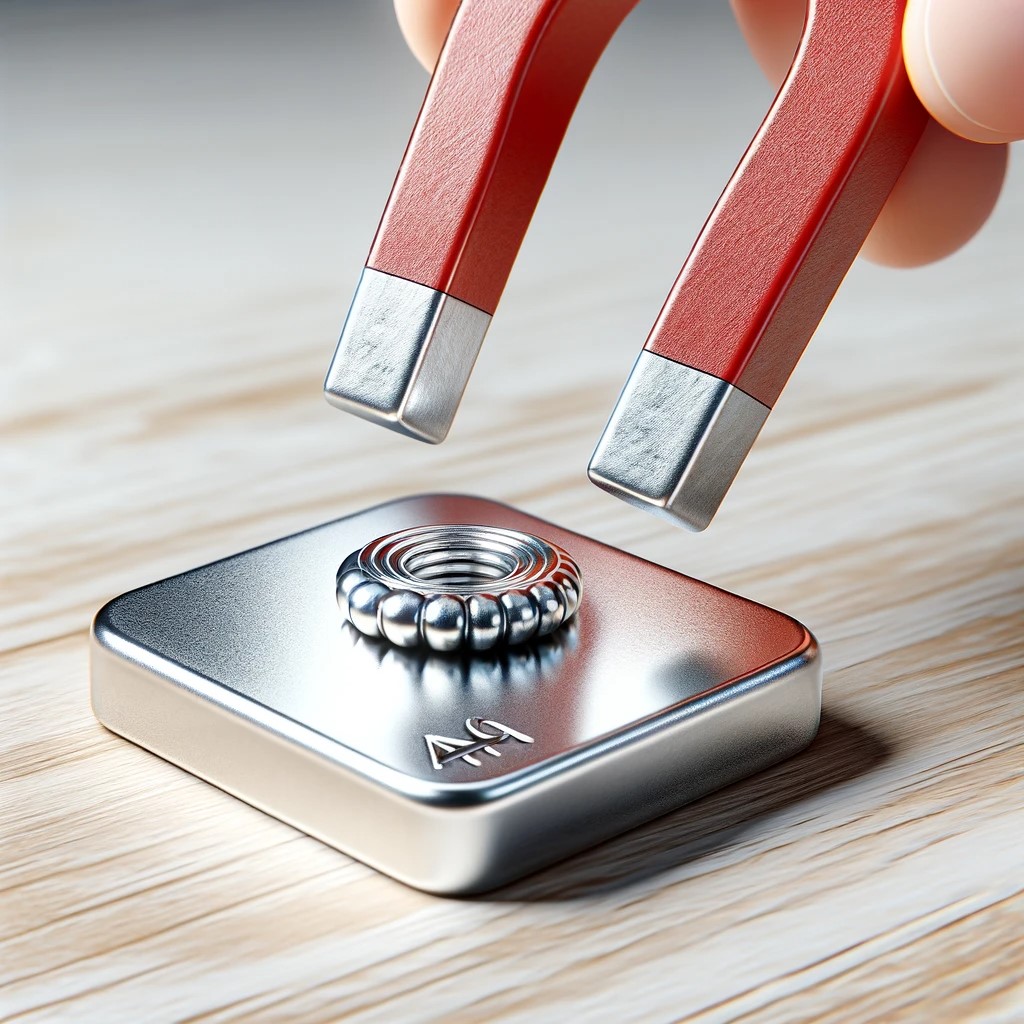
The main way to check is magnetism as silver isn’t magnetic. By placing a strong magnet called a Neodymium magnet onto a silver bar or coin, it should repel and not stick to it. When testing bars, simply angle the bar at 45 degrees and allow the magnet to slide down – the magnet should only slide very slowly.
Don’t forget to give it a good polish too, by using a lightly coloured, soft cloth. Once you’ve finished, inspect your cloth and if you witness black marks on the cloth then the object is very likely real; this is because real silver oxidises and tarnishes when exposed to air, and that’s the darkness you see on the cloth. Check out our full guide to check if your silver is genuine.
Essential Rules to Maximize Your Selling Price
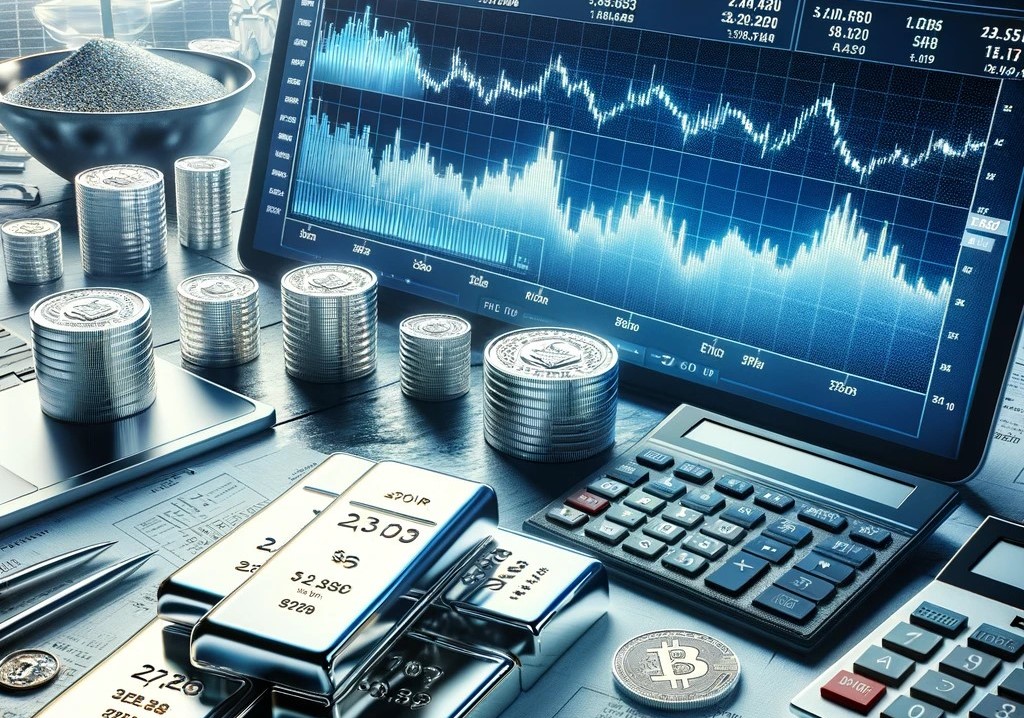
Silver is traded around the world at spot prices. Each troy ounce of silver will command a spot price on a given day. It’s important for you to look at these prices before you walk into a dealer shop or contact an online dealer about selling your scrap silver. If you don’t know the trading price of silver in the first place, you’re likely to be short-changed.
Tracking the current value of silver on silver price charts also enables you to understand the context of the current price. Is it currently at an all-time high, perhaps suggesting that now is a great time to sell your scrap silver? Or has the price dipped over the past month, implying that patience may be called for when deciding to sell your scrap silver.
Of course the current price being high, doesn’t mean that it won’t necessarily go higher. Researching price predictions and silver price analysis can help determine possible future price trends to help maximise your selling price.
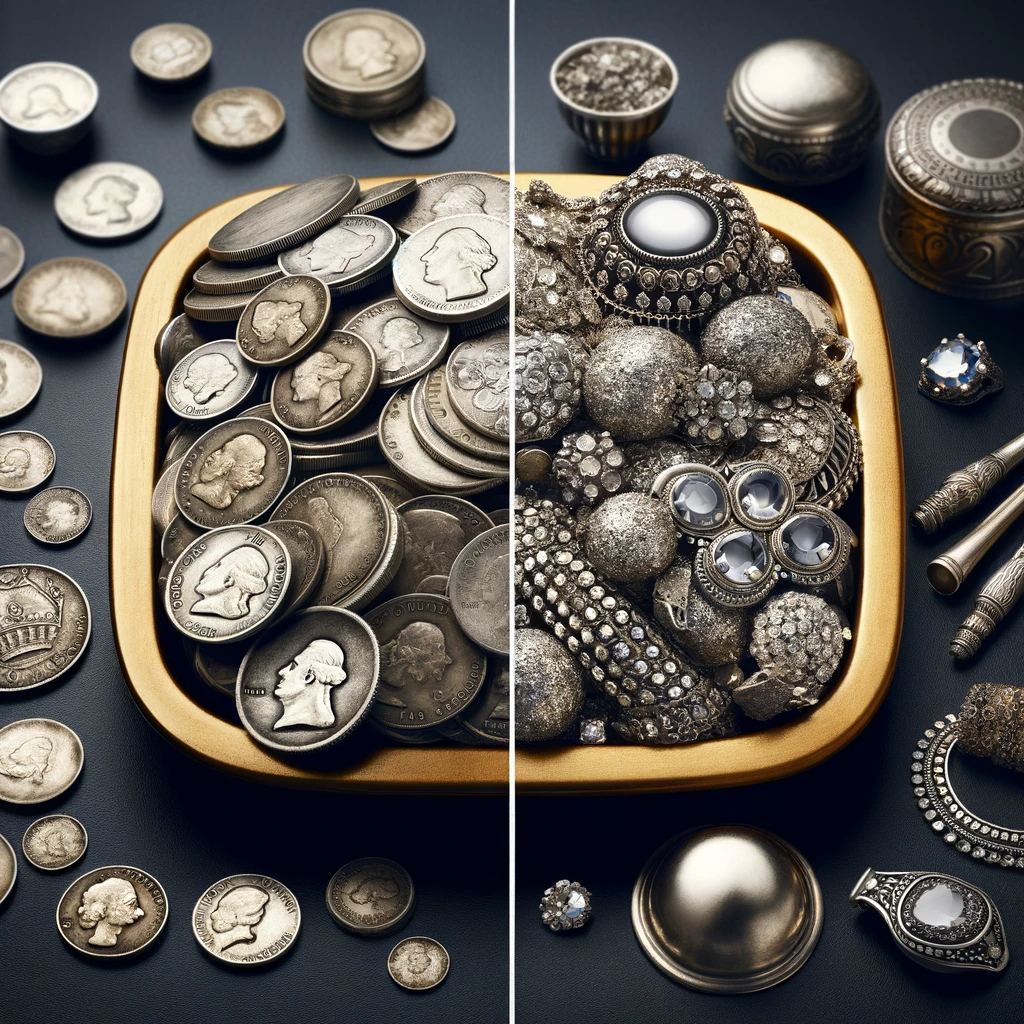
Getting ready to sell your silver is a process during which you should separate the different items of silver that you have. For example, if you have silver coins it’s important to segregate these from the rest of the silver that you plan to sell. Even junk silver coins are potentially worth more than simple scrap silver. Do a bit of research about the coins that you have, as some of them may have numismatic value. If you sell your valuable silver coins at scrap prices you’re losing a lot, so a bit of homework usually goes a long way. A good starting point is our article detailing which silver coins are worth the most.
In the same way, you need to separate out your junk silver, including bits and pieces of old and damaged silverware that may be in your house. Sterling silver, silver plated artefacts and pure silver are different things. So, it’s important that you determine what you have before you rush off to get a price for them. There may be different marks on your silverware, which could give you an indication of whether your silver is Sterling or plated. For example, the letters EP often stands for electroplated and the letters EPNS denotes electroplated nickel silver. There may even be a number indicating the purity.
Get in Contact With a Member of Our Expert Team
Silver purity is a sensible starting point to determine what silver you have. Clean 925 grade silver is classed as 92.5% pure. Many scrap silver facilities will also accept Dutch, Austro-Hungarian, 1st Standard French, Russian and Danish silver as well as any articles which are marked as “Sterling“.
In order to be accepted, the silver generally needs to be “clean” i.e there’s nothing in it that isn’t silver (e.g. wooden handles, resin filling etc). If you’re worried about it, plenty of places also buy lesser grade silver, for example, foreign silver, 500 standard coins and 800 standard silver too. They are likely to offer you a pay rate proportional to the 925 rate.
Items that are purely valued on their metal value (for example by weight) include most smaller objects like cups, tea sets, bowls, dishes, trays, baskets, mugs, napkin rings etc. Other items include chains, bracelets, necklaces, and other pieces of jewellery whether repaired, worn or damaged.
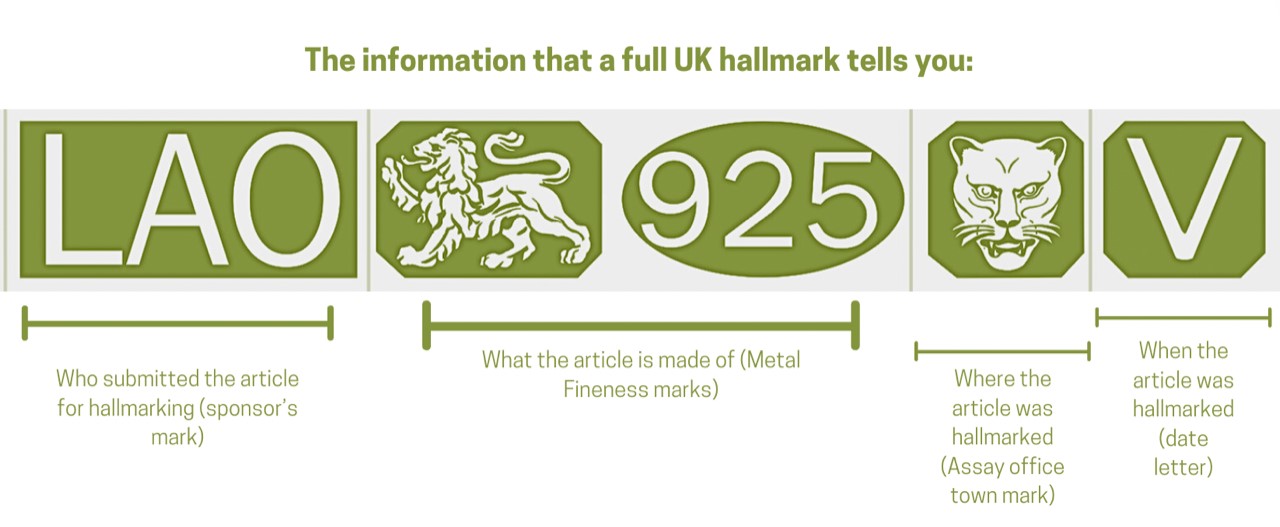
A Full UK Hallmark displays 'Maker', 'Traditional Fineness' 'Millesimal Fineness', 'Assay office', and 'Date Letter Mark'
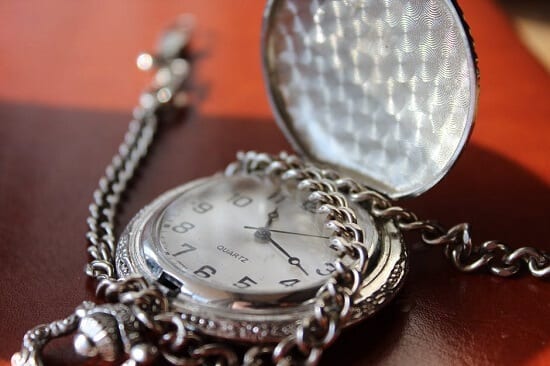
As metal, in general, has risen so much in value it’s had a massive impact on the antique silver market. The aesthetic, antique values of many objects have now been overtaken by their intrinsic metal value.
A large number of second hand, antique silver pieces are now valued by their weight, meaning the value will fluctuate depending on the daily price of silver. Any items which are particularly interesting or unique are likely to be given a higher value than less quality scrap metal, however, any facility will judge each item on its own merits.
Ensuring you research the possible value of an antique silver item is crucial as it may be rare and command a huge premium for its collectability. Specific items like antique silver watches or jewellery may be better sold to specialists or the collectors community who understand the value of these items.
As with selling any object, its condition will have an impact on the price you’re able to fetch. Storing your silver carefully will help avoid too much exposure to the elements and minimise handling. Different types of silver react differently to oxygen and have various levels of resilience to scratches. Purer silver can tarnish if exposed to the air too often, but there are methods to remove this tarnishing.
Many people don’t know about this but leaving you’re silver unpolished is likely to fetch you a better price. It’s true that your silver may look shiny and new when you polish it, however, the polishing process may damage the silver and erode the surface, devaluing it in the process. If you feel the need to clean it at all, it’s best to use a jewellery polishing cloth.
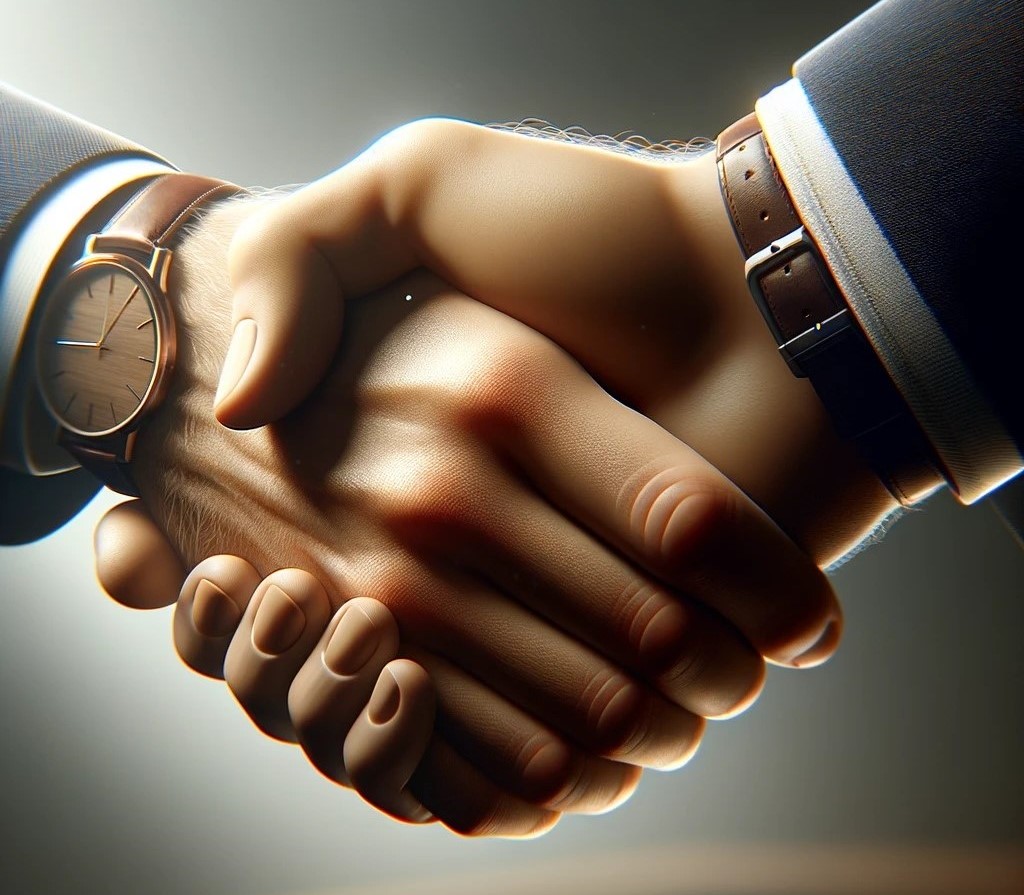
It might be a good idea to take your silver to a professional dealer if you know one, to get an appraisal on the price of the silver you’re about to sell. You can check the website of the British Numismatic Trade Association (BNTA) to find a reliable dealer. Physical gold is a reputed BNTA approved, online dealer and our team of experts will be happy to help you out on this.
Always shop around and check the different offers that buyers are giving you. If you have silver coins, you might consider visiting a coin show in order to sell your collection. You could definitely get a much better price for your coins at an event like this. Similarly, if you have silver items of value, it might be worth visiting a high-street pawnshop to see what they offer. Another way to get a good price for your items is to list them on eBay and auction them. If any of your items are valuable, it’s likely that buyers on eBay would pick up on this and bid against each other, raising the price.
If you are unsure whether your item would be considered “scrap” or antique the experienced team at Physical Gold can help when selling precious metals. Simply call us on 020 7060 9992 or email us so we can speak to you about your options.
Image Credits: J.S. Klingemann
Opt for reputable dealers or online platforms specialized in buying old silver items like jewellery, coins, or silverware. Research potential buyers to ensure fair prices and transparent transactions. Consider factors like convenience, trustworthiness, and offered prices to determine the best selling method for your old silver.
The worth of selling silver right now depends on various factors such as market trends, economic conditions, and personal financial goals. Research current silver prices, consider market forecasts, and assess your own needs before deciding. It’s advisable to consult with a financial advisor or precious metals expert for personalized guidance on selling silver.
Polishing old silver before selling depends on personal preference and the item’s condition. While polishing may enhance its appearance, some collectors prefer the natural patina. Light cleaning to remove dirt and tarnish can be beneficial, but avoid aggressive polishing, which may devalue antique pieces. Consider consulting with a professional appraiser or dealer for advice tailored to your specific silver items.
Yes, you can sell tarnished silver. Tarnish doesn’t affect the value of silver; it’s a natural reaction with air that forms a protective layer. However, heavy tarnish may obscure hallmarks or patterns. Light cleaning to reveal these details can be beneficial, but avoid aggressive polishing. Reputable buyers will assess your silver’s value based on purity, weight, and condition.
You can sell various silver items, including jewellery, coins, silverware, and even industrial scrap like electrical contacts or silver solder.
The value of your scrap silver depends on its weight, purity (usually indicated by a hallmark), and current market price for silver. A reputable dealer can assess its worth. Track the silver spot price online as a starting point.
You can sell scrap silver to local jewellery stores, pawn shops, coin dealers, or online platforms specializing in precious metals. Ensure you choose a reputable buyer for the best deal.
Gather your silver items, weigh them accurately, and have their purity assessed. Then, research current market prices and obtain quotes from potential buyers. Once satisfied, finalize the sale.
Yes, ensure you deal with reputable buyers who offer fair prices and transparent transactions. Also, be cautious of potential scams or offers that seem too good to be true. Always verify the buyer’s credentials.
Live Gold Spot Price in Sterling. Gold is one of the densest of all metals. It is a good conductor of heat and electricity. It is also soft and the most malleable and ductile of the elements; an ounce (31.1 grams; gold is weighed in troy ounces) can be beaten out to 187 square feet (about 17 square metres) in extremely thin sheets called gold leaf.
Live Silver Spot Price in Sterling. Silver (Ag), chemical element, a white lustrous metal valued for its decorative beauty and electrical conductivity. Silver is located in Group 11 (Ib) and Period 5 of the periodic table, between copper (Period 4) and gold (Period 6), and its physical and chemical properties are intermediate between those two metals.